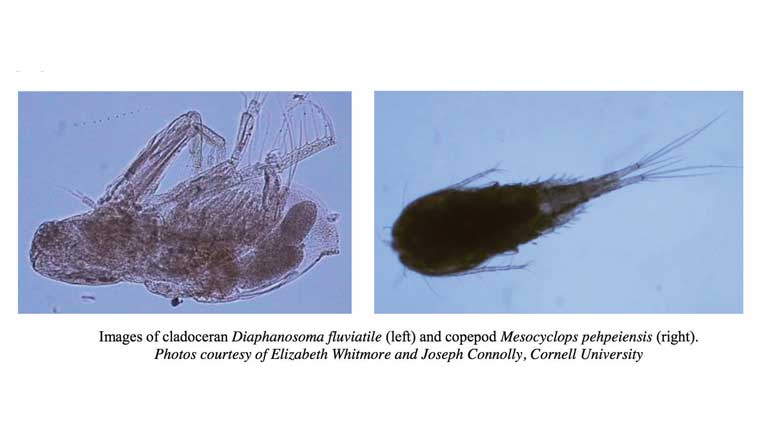
Two non-native species of zooplankton have been found in the Great Lakes, according to researchers at the Cornell University Biological Field Station: The Diaphanosoma fluviatile and the Mesocyclops pehpeiensis. The researchers announced the news after they partnered with EPA’s Great Lakes National Program Office and sampled water from the lakes 72 times.


